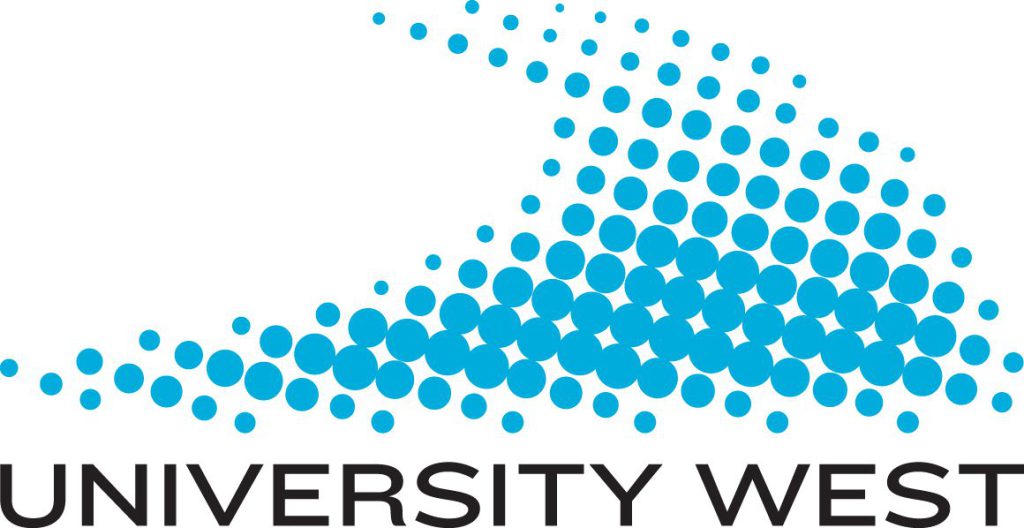Alternatives to supervised placements: Work integrated education in action
When work integrated education (WIE) is discussed, the archetypal examples of supervised placements for medical, nursing, physiotherapy, and teacher education students are usually referenced. They comprise students engaging in authentic work activities and interactions, closely supervised by qualified and more experienced practitioners. Ideally, those supervisors identify and select students’ work activities and support and guide their engagement and learning. These arrangements often arise from long-standing occupational traditions of care and responsibility towards patients and students and have legislated arrangements demanding such supervision.
However, for many occupations such traditions do not exist and, where they exist, placements are less structured. Moreover, the ability to provide placements are restricted by the size of the enterprise, the work undertaken and/or the number of students seeking these experiences. One deputy vice chancellor quipped “how can I provide supervised placements for 1500 undergraduate business students each semester?”. A good question.
So, in seeking to provide WIE experiences across all occupational fields, it is not possible for many of the courses in which our students are enrolled. The educational challenge is, therefore, to identify how these students can come to experience, engage, and develop occupational understandings, procedures and dispositions (i.e., to think and act like practitioners). Hence, we need to find alternatives to provide these experiences. In the response to the quip above, it was suggested, for instance, that most undergraduate students engage in paid part-time work that provide experiences to assist understand many aspects of business practices. That is, processes of recruitment, supervision, customer interaction, stock provisions and organisation, financial processes and supervision. Engaging students in sharing, comparing and critiquing these work experiences, can secure insights from peers’ experiences and provide access to students who do not work part-time.
Such alternatives might include students being workplace visitors able to observe and engage in some tasks, or interviewing practitioners to understand what constitutes their work, and is central to its enactment. Law students might attend court proceedings to understand those processes, finance students engaging in auditing of not-for-profit organisations’ accounts, or projects required the kinds of thinking and acting of practitioners. This kind of approach has been long rehearsed within faculties of engineering, creative arts etc. So, we can identify and use these kinds of experiences. But what if the students are dispersed around the world? The web based “Webmaster” program at University West faced this problem. Moreover, these students are in different stages of life, often having to balance work, family and study commitments. We have found that providing these students with glimpses of work practices offers an alternative to workplace visits.
Moreover, the field of “web” is marked by openness and sharing, and videos on, for example, YouTube providing insights into workplace activities are abundant. A search for “A day in the life of an UX designer”, for instance, generates hundreds of video suggestions and in courses relating to that topic, students are provided with a list to view and then engage in discussions about them. Through using these kinds of materials, students gain insights into different work practices. Other alternatives have included engaging business representatives as guest lecturers, but with our students located across time zones this can be an option that is time-restricted. A “flipped” guest lecture or workshop is provided to campus-based students, and “re-enacted” by students in the Webmaster program, supervised by teachers.
Moreover, as occupational practices are increasingly mediated by and through electronic technology, the need to engage in the physical and social environment of workplaces becomes less important. Alternatives not requiring physical presence in work sites can ease the demand on employers. The key consideration is, instead, for students to gaining access to and engage in the kinds of thinking and acting required for electronically-mediated work activities and interactions. In such contexts, supervised placements are not feasible and less applicable as an effective WIE approach, because future work environments are not necessarily place-based.
The challenge we face includes preparing students for diverse work contexts. Remote work, nomadic work practices and gig-based work are becoming common, and these may or may not represent possible future work contexts for our students. We also aim to explore different forms of “one-to-many” engagements (Dean & Campbell, 2020), where, for example, enterprises can provide video-challenges, i.e., examples of problems they are currently facing, and engage groups of students in seeking to respond to these problems, while being supervised by teachers.
Such short bursts of intense and focused WIE would benefit both our students and partner enterprises and serve to strengthen student employability.
Stephen Billett, Professor of Adult and Vocational Education, Griffith University, Brisbane, Australia
Ulrika Hedman, Senior Lecturer in Informatics, University West, Trollhättan, Sweden
Stefan Nilsson, Senior Lecturer in Informatics, University West, Trollhättan, Sweden

